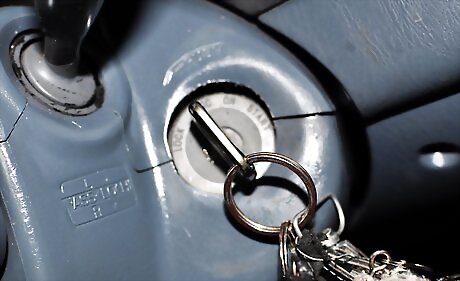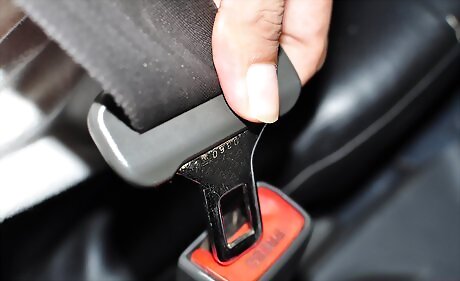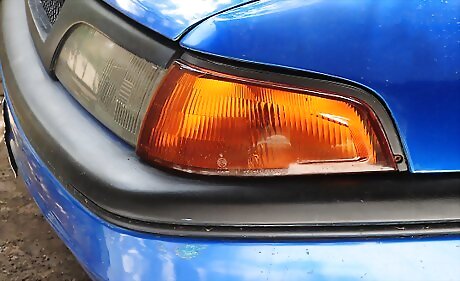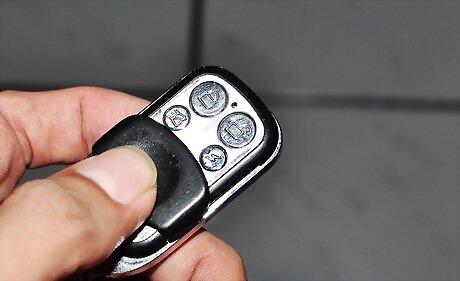
views
Most ferry companies provide excellent guidance when you go aboard the ship by car.

Purchase a ticket. It is sometimes possible to purchase tickets online. If the ferry company you are traveling with does not allow this, you will have to purchase your ticket at the terminal. Ticket booths will be available. Different booths will sell tickets to different destinations so be sure to read the signs carefully.

Enter the correct lane. The line-up will consist of many different lanes. Your ticket will tell you which lane you are to go into. After choosing the correct one, park as close as possible to the vehicle in front of you.

Turn off the engine. The wait will be a while and it is not good to continue to release harmful emissions into the environment.

Start your vehicle when you notice your lane beginning to move. Follow the vehicles ahead of you onto the ferry. You may need to make a variety of complex and tight turns onto various ramps and overpasses.

There have been incidents where the ramp leading onto the ferry has collapsed with vehicles on it, dropping them into the water. For this reason, it is important to perform a variety of different procedures to be able to escape quickly from your vehicle should it fall off of the ramp. a) Open all windows as far as possible. Ensure that objects do not blow out. The water pressure will be too strong to open your windows underwater. (Although power windows will continue to operate when submerged, the water pressure will be too great for them to function). b) Release all seat belts. Although you should wear your seat belt at all times while riding in a moving vehicle, make sure you are not wearing it now as it may take precious seconds to release it should your vehicle fall into the water. Ignore the seat belt warning if it begins to beep. c) Make sure all doors are unlocked. If the doors of your vehicle lock automatically when you place it in Drive, override this function by pressing the unlock button on the driver's door.

Begin to drive onto the ferry. Make sure step 5 is completed before reaching the final ramp (the one bridging the ferry and the terminal). Continue to follow the direction of the terminal staff.

As you enter the ferry, continue to follow the direction of the crew. The crew will direct you to a parking spot. It is essential that you follow their directions as it is their job to ensure that the weight of all vehicles are distributed evenly throughout the ship. Otherwise, the boat could tip over.

Once you have been directed to your final parking spot, park your vehicle within twenty four centimeters of the vehicle in front of you. This will maximize the number of vehicles that can be fit on the ferry.

Place your vehicle in Park after engaging the parking brake.

Lock your vehicle, but do not activate the alarm. If the crossing gets a bit bumpy, the movement may set off your car alarm, and lead to nuisance and potential embarrassment.

When it is time to disembark, do not start your engine until the other vehicles in your lane begin to move. This will reduce the number of emissions in the ferry.



















Comments
0 comment